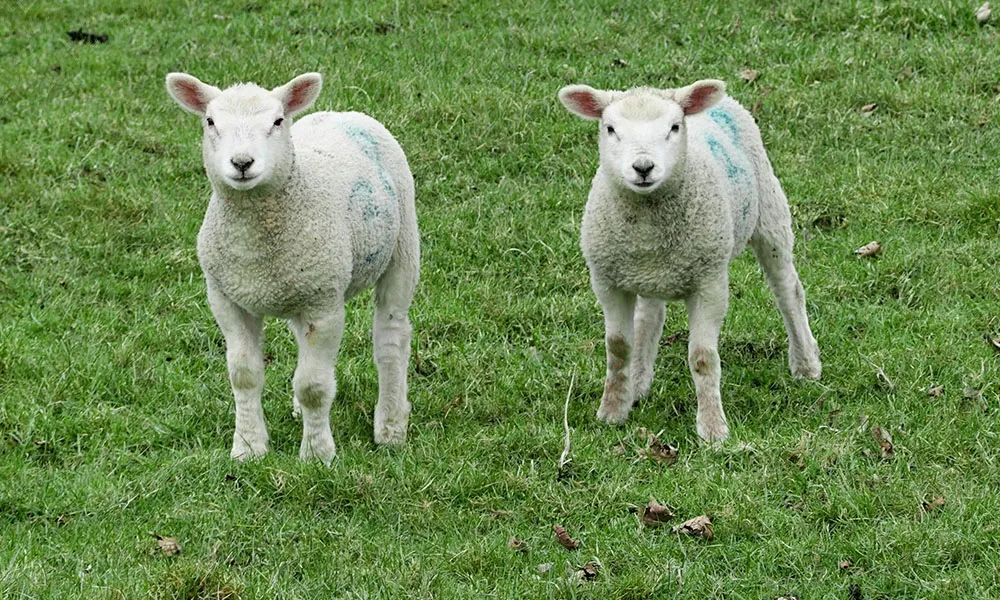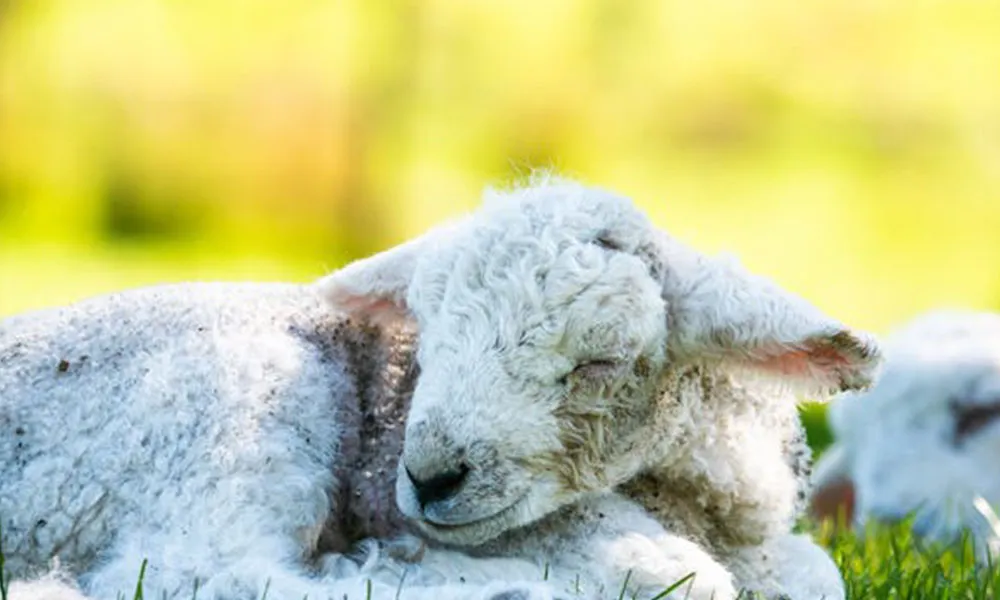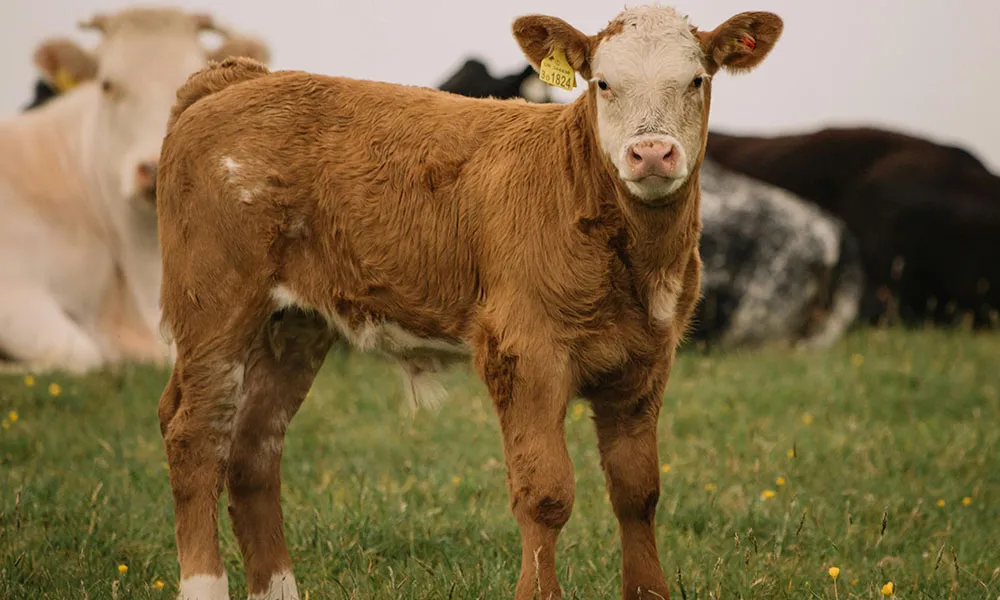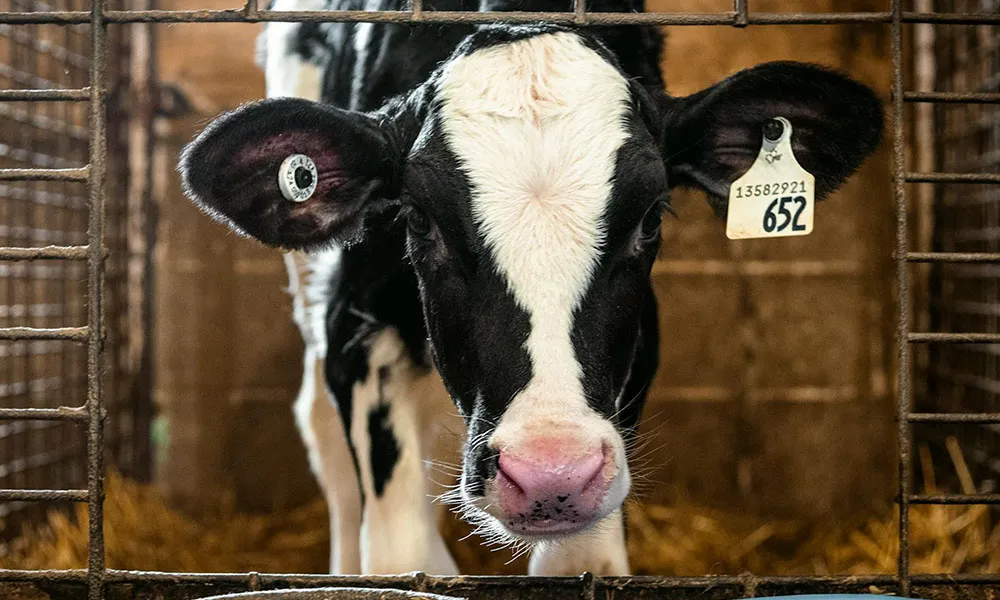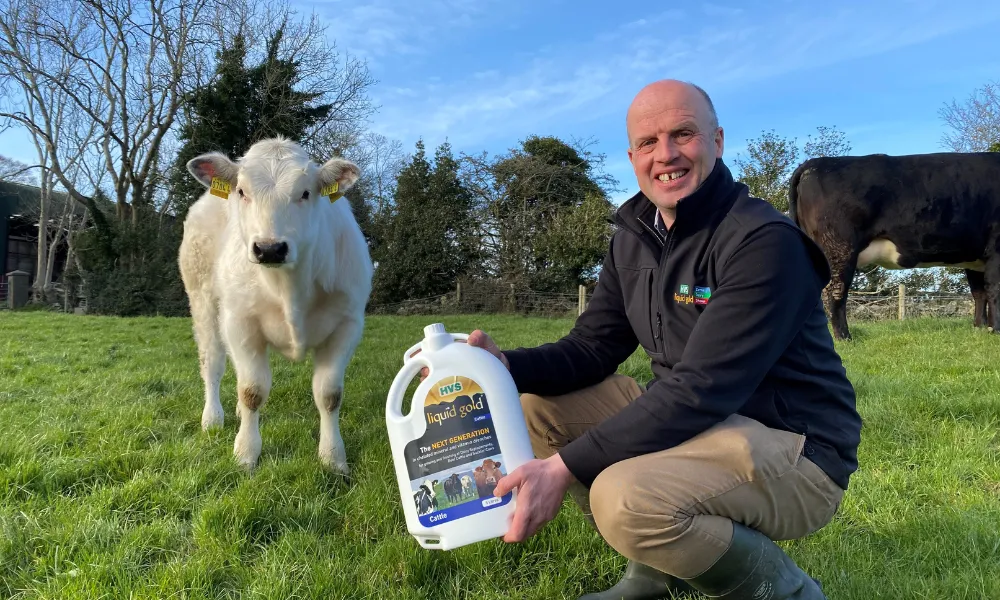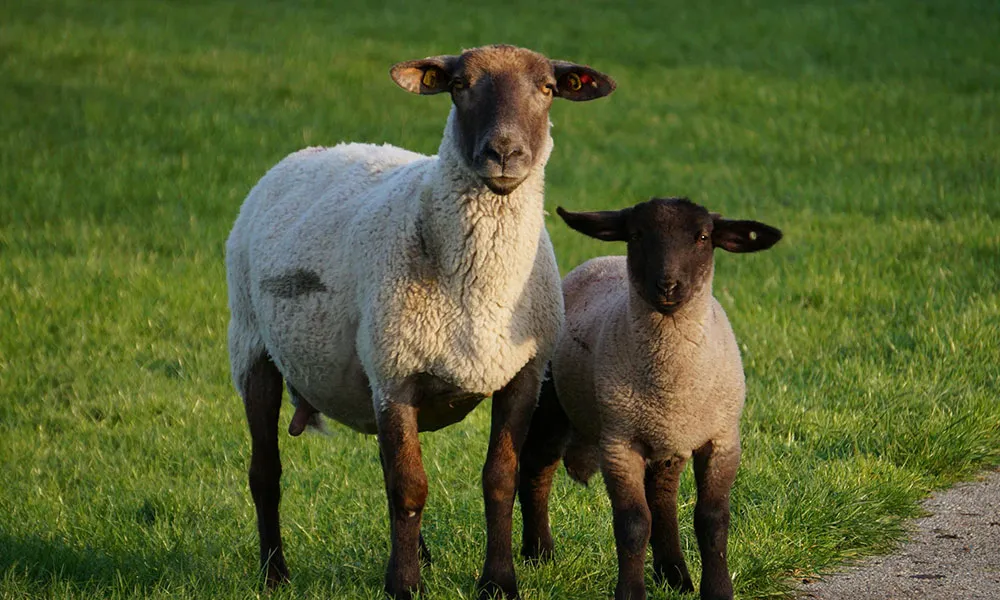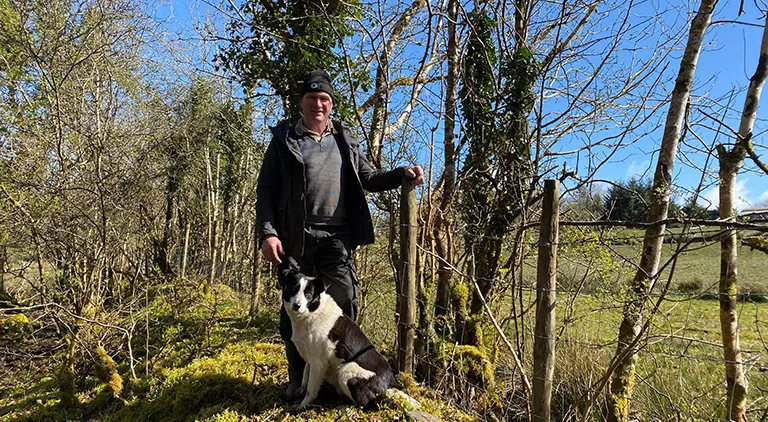
Retired fencing contractor Micheál Geoghegan from Aghacashel, Co. Leitrim. Micheál worked as a fencing contractor for 30 years. He is pictured on his farm with his dog, Dasher.
Spring is fencing season. Here at Agridirect, we sat down for a conversation with Micheál Geoghegan, a retired fencing contractor from Aghacashel, Co. Leitrim. In this interview, Micheál offers some top fencing tips for farmers.
Participants:
Agridirect interviewer: I
Micheál Geoghegan: MG
I: Micheál, we’re just coming into April, so a lot of farmers in this part of the country are putting animals onto pasture. It’s the time of year when you see a lot of sheep and cattle on the road. The more adventurous animals will always test a fence for sweeter or thicker grass. In your experience, what are the most common mistakes that people make when putting up a fence?
MG: Most fences come apart because the straining posts aren’t secured properly. When corner strainers aren’t tied back and propped correctly, they will come loose. That collapses the fence. The whole thing just falls apart.
The same applies to any posts on bends in the fence, any posts that are taking a sideways pull. If those aren’t secured against the pull, they’ll snap very quickly. Your strainers and corner posts are the bones of your fence. They have to be rock solid if you want a fence to last.
I: Most farmers don’t fence full time, so I suppose it's fair enough if they don't get everything 100% right. But what are the most important elements of a fence? I mean the parts that you have to get right.
MG: Well again, having secure strainers and bend posts is crucial. That’s the main thing you need to get right.
But there are a few other essential things.
Posts in hollows are always an obstacle to a good fence. You have to make sure they are really secure, that they are tied down well. If they’re not solid, they won’t be able to take the upward pressure of the wire when it’s stapled on. It will pop up.
Another danger is with posts on humps, but this isn’t too hard to get right. Anywhere where there is a rise on the fence line and you staple wire onto the post: you should double staple onto all of these posts. There will be a lot of downward pressure on the staples when the wire goes on. The weight of the fence is pulling down on them. Double stapling will prevent the wire from coming loose.
As well as that, don’t drive staples home too deep on intermediate posts – I mean the posts between strainers, or between your bend posts. Driving them deep takes the galvanise off the wire. It also makes the wire harder to pull in future.
Oh and one last thing. It might seem obvious, but a lot of lads forget. Make sure you don’t put the fence itself too close to any elevated features – tree stumps, rocks, ditches and the like. A sheep will stand on these and hop across the wire.
I: You mentioned securing posts a couple of times. I think a lot of guys fall short with fencing when it comes to making tie-backs and struts. This is more technical work. Can you go over your method for securing strainers for me, explaining it step by step?
MG: Well, the solidest strainer is the box strainer. You drive the strainer post (with your post driver). Then you drive another strong post 4 feet back along the fence from the strainer.
Now we’ll call that post “post A” for convenience. Post A needs to be driven deep, down to a height of 3 feet. It will take a fair bit of pounding to get it that deep. When you have it down far enough, you should secure the top of post A to the base of the strainer with tying wire.
Before tightening that wire, cut another post – post B – to fit between the top of post A and the strainer.
Nail on the horizontal post B at both ends to secure it. When that’s done, pull the diagonal wire tight – the wire running from post A to the straining post – with your pliers and nail off. (see video below)
Now if it’s a corner strainer (post), you should repeat that process going in the other direction as well. A corner strainer needs to be propped from both angles.
I: You said hollows and bumps in a fence line can cause problems when it comes to getting wire tight. How exactly do you deal with that?
MG: Ideally you should have a second person for the job. An assistant is great to have for a wavy fence line.
When you put the first pull on the wire, get your assistant to move back along the fence line. Get him to staple the wire loosely at the high points, and then try to force the wire down onto the post in the hollow. If the wire is too tight to pull it onto the lower post, slacken it until your assistant can force it down onto the post.
Your assistant should staple the bottom strand first if working with sheep wire. It’s better to put a couple of staples in it too, because there will be serious pressure on it.
I: A lot of farmers will be putting up electric fence at this time of year. Although this is one of the easier types of fence to erect, it can be tricky to get right. Can you go over the basics of putting up a single strand electric fence?
MG: The most important thing for an electric fence is to use high tensile wire.
For a single strand of electric fence, you can pull around untied posts because there won’t be as much pressure on it.
There are two ways of tightening your wire. You can use wire strainers or gripples.
Wire strainers: If you’re using a wire strainer, cut a piece of insultube long enough to go around the post.
Push the wire through it and tie it back on itself.
Roll out your wire to the next straining post.
Cut the wire long enough to go around this straining post with about 18 inches to spare.
Slide on your insultube insulators if you’re insulating with them rather than the “clip-on” type.
Cut another piece of insultube for going around the straining post.
Push your wire through the insultube and secure the insultube to the post at the desired height.
Attach your wire strainers to that end, keeping the lever nearest the post (and the chain going away from the post).
Attach the chain end to the wire and pull around the post until tight.
Walk back along the fence.
Staple insultube to the posts at the correct height. About three feet is a good height to staple at.
Then go back to your wire strainer at the straining post. Remember that your wire has gone around the post at this stage, so you have two strands of wire to work with.
Clamp a pliers, pliers A, on the two pieces of wire using the allotted holes in the tool.
Twist six or seven times.
Now get a second pliers, pliers B.
Hold the wires firm with pliers B. Take off your wire strainer and removed pliers A.
With pliers B, twist the wire back towards the post as shown in the video. (See video)
Gripples: If you want to use gripples to tighten, loop your wire around the straining post, using either insultube or a duck-egg insulator to isolate the wire from the post.
If you’re using a duck egg insulator, you need another short piece of wire coming off the duck egg towards the fence. Put your gripple on this shorter piece of wire.
If you’re using insultube insulators on the fence, slide these onto the wire – one for each post on the stretch that you’re fencing.
Then push the fence wire through the gripple and pull it tight using the gripple contractor tool.
After tightening, make sure to twist both “tails” of wire around the fence, as gripples don’t conduct current.
Walk along the fence line, stapling insultube, or clip on insulators, to the posts.
I: A single strand of electric fence might keep cattle in, but it won’t hold sheep. How many strands of electric would you need to keep sheep in a paddock?
MG: You’d really need sheep netting to keep lambs in with electric fencing. But two strands, fifteen inches and thirty inches off the ground should hold ewes. I’d probably put on a third strand though, just to be on the safe side.
I: What does it take to keep calves in with a barbed wire fence?
MG: Younger calves are often hard to keep in the field. They’re adventurous, and they like to test fences.
A lot of the time, they manage to wriggle under a barbed wire fence, or squeeze out between strands. To stop that from happening, you’d need to use four strands of barbed wire.
I: That’s a lot. Working with several strands of barbed wire can be tricky, in my experience. It’s hard to prevent the strands from sticking together. Do you have any pointers on this?
MG: The secret with barbed wire is to roll out the top strand first. Roll the top strand out on the fence line and pull it with your wire strainers. Then pull the other strands in under it. That’ll stop them sticking together.
Interviewer note: Sincere thanks to Micheál Geoghegan from all of us at Agridirect. Micheál very kindly volunteered to give this interview for our blog, and was very generous with his time. We are especially grateful for the demonstration video he provided, which he hopes will be a help to farmers over the coming weeks. MPG




